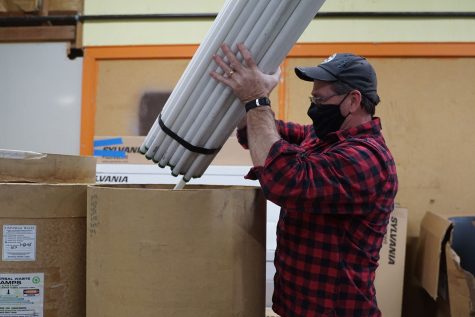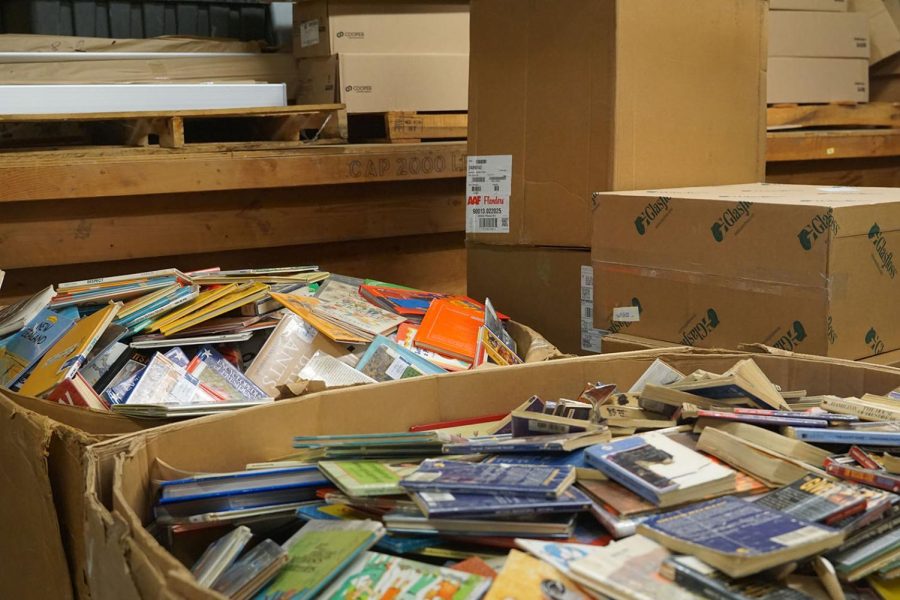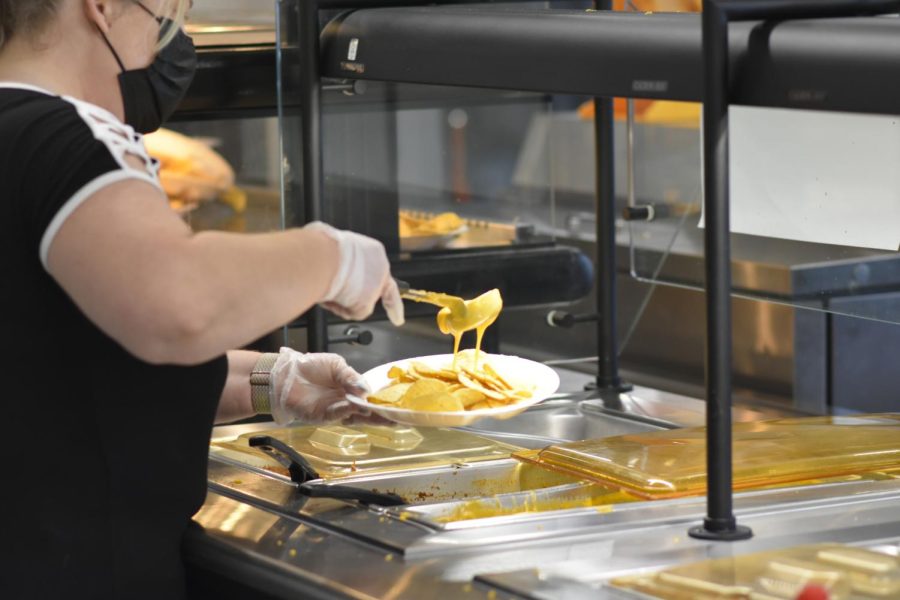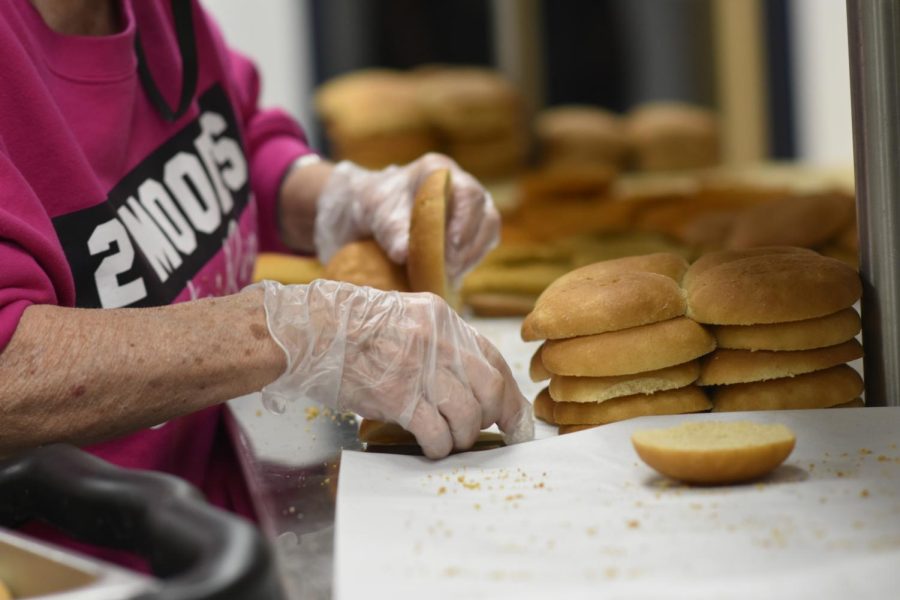On any given school day, over a thousand people can be found on West’s campus. Students, teachers, parents, and other visitors enjoy West’s well-kept grounds and clean facilities. But with such a large group of people, huge amounts of waste are generated daily. While students have the luxury of moving on with their day without giving the topic a second thought, it’s not as if all the waste and extra suddenly disappears– the school has to work hard to keep the school clean and , both for the environment as well as the students and staff.
There are about twenty school buildings in the GAPS school district alone. With fluctuating populations and newer technology, the number of needed school supplies is ever-changing. For example, a class might have 32 desks when they really only need 25. How are schools supposed to deal with the extra desks and limited space? The answer is the facilities department, formerly known as the physical plant.
“We have what we call ‘The Barn.’ It’s out at Clover Ridge. It’s literally a pole barn…items that can withstand a little bit of moisture, like a metal chair, or something like that, would end up [being stored at] Clover Ridge,” Doug Pigman, the director of facilities, said. “If somebody asks for a chair or a desk, that’s the first place that we’ll look to make sure that it’s being utilized.”
This system allows schools to share the wealth of needed furnishings across the district, reducing waste as items are reused instead of immediately being sent to a recycling facility. The extra supplies are all transported between buildings by Gary Dahlquist, the school district’s facilities foreman, and his team. However, when a certain amount of time passes or when storage capacity is met, the surplus supplies are advertised to the community and put up for sale in a last attempt to reuse the furnishings.

“The public is invited to come out, and it’s like a garage sale. If it doesn’t get used, then it will be recycled,” Dahlquist said.
As far as actual garbage and recycling goes, it’s left up to each individual school to choose how they want to dispose of their waste. While students at West aren’t involved with the whole recycling process, other than trying to shoot a paper ball into the blue bin from across the classroom every once in a while, other schools in the district incorporate the importance of recycling into student life much more directly.
Tranell Johnson, a secretary at GAPS facilities, worked at Oak elementary school until October of last year. While she was there, she observed the elementary school’s interactive recycling program.
“The fifth graders would go through all the recycling bins from each classroom and would divide it up into cardboard, paper, and plastic,” Johnson said.
Besides the systems already put into place, GAPS is also trying to reduce the amount of waste that goes through our school in other ways; namely, through energy conservation. According to Pigman, plans have been optimistically set into place to have solar panels installed into West’s roof by this summer.



